SIT Mongolia ventures to Siberia
March 25th, 2019 | SIT Study Abroad
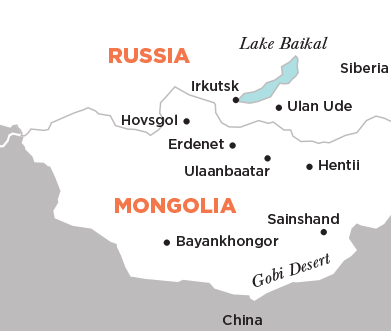
Quick: Think of Siberia.
Snowy?
Many of us think of Siberia as cold, big, and remote, but the reality is more complex. Starting this fall, SIT Mongolia students will get an unusual opportunity to experience the varied beauty of Russia’s Siberia region. The program will feature an excursion to the Lake Baikal area, just north of Mongolia. Students will visit the cities of Ulan-Ude and Irkutsk, and Lake Baikal itself – a UNESCO World Heritage Site and home to the world’s only freshwater seal species.
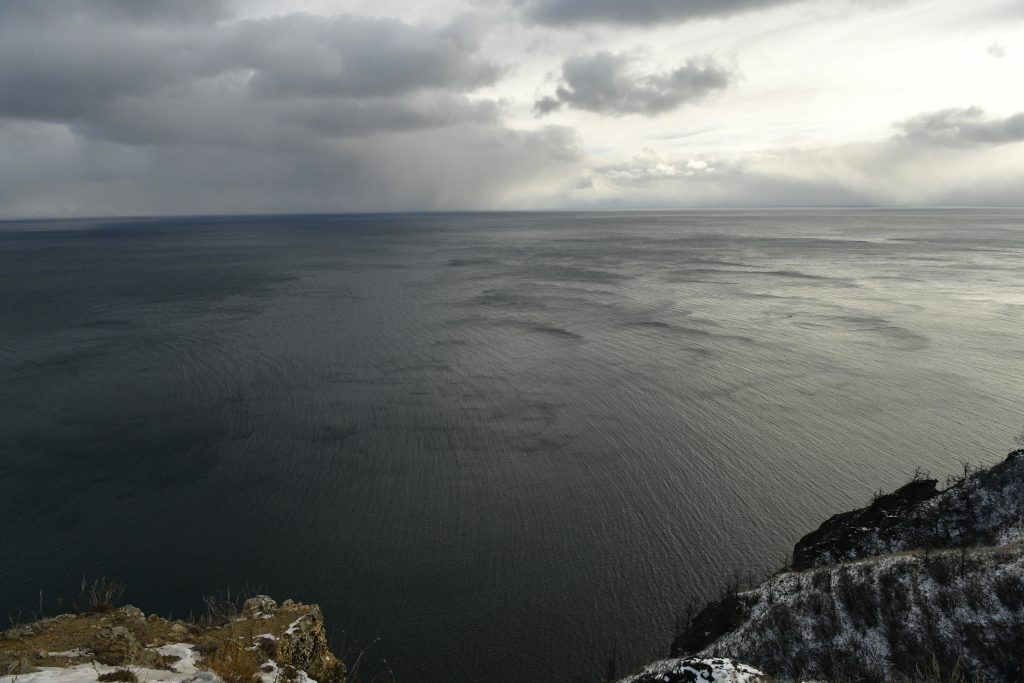
The region is an unusual destination; Russia is not often on U.S. study abroad excursion lists. Ulziijargal Sanjaasuren, academic director for SIT Mongolia and Siberia: Nomadism, Geopolitics, and the Environment, says students will get an up-close look at two cultures on different sides of vast Lake Baikal. What they’ll see there ties into the program’s main themes of geopolitics, development, pastoralism, and natural resource management.
“Ulan-Ude is the capital of the Russian Buryatia Republic,” Ulzii says. “The Buryat are of Mongolian ancestry – lots of Mongolians have relatives there. Ulan-Ude offers a wonderful opportunity to get acquainted with a rich representation of Buryat ethnicity – there’s a lot more cultural richness there compared to the other side of Lake Baikal.”
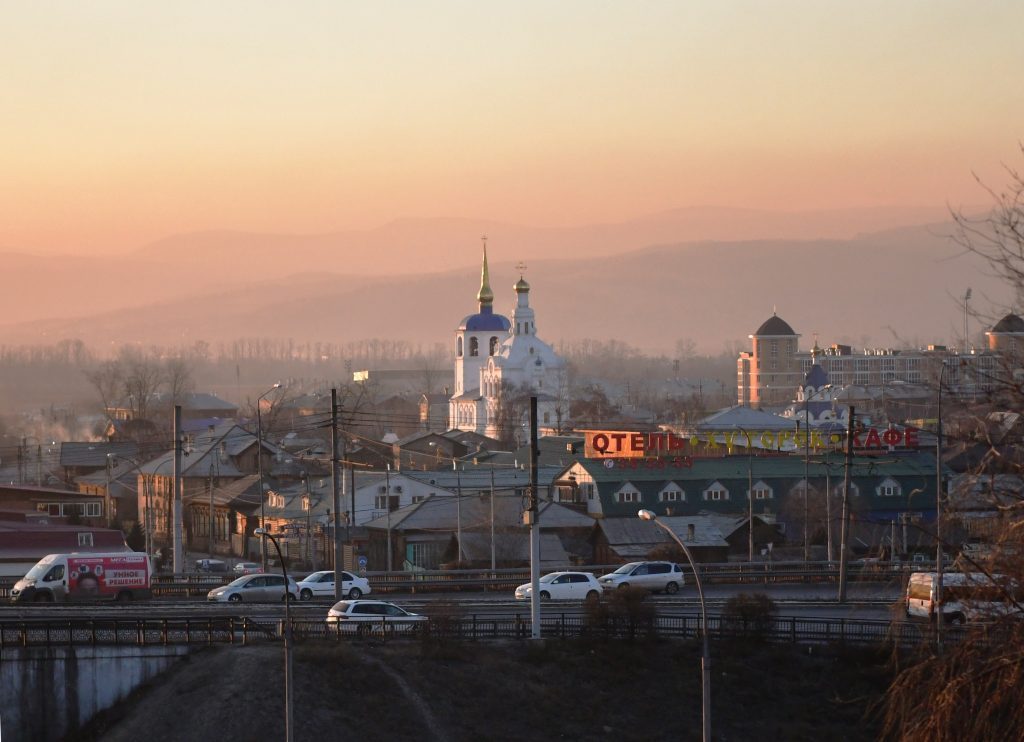
The other side of Baikal is the site of Irkutsk, a large, more ethnically Russian city. “Irkutsk has a very different feel,” Ulzii says. “It’s a lot more traditionally Russian. It’s more industrial. These days, it’s considered the informal capital of East Siberia, and it’s a tourism center with a distinct architecture – early on, Irkutsk was full of rich traders. They were getting very rich very fast, and they were building a lot.” As a result, a walking tour of the old city is a key part of the program’s excursion.

Students will also visit some of SIT’s partners, a list that includes the Siberian branch of the Russian Academy of Sciences; East Siberian Institute of Culture; Baikal Institute of Natural Resource Management; and Irkutsk State University of Agriculture. There, they will hear lectures from Russian scholars and meet their Russian student peers.
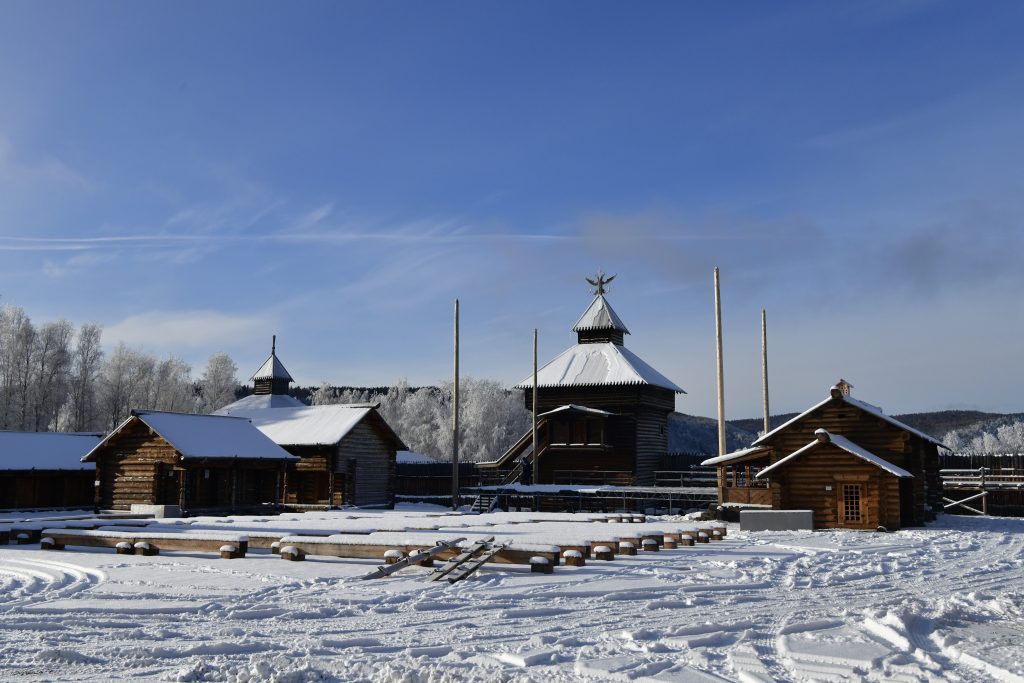
“We’ll be visiting people who are researching the management of the Lake Baikal area,” Ulzii says. “What is particularly interesting is the ecology of trans-border regions. The Buryat people are herders – quality of pasture land becomes a common interest for Mongolia and Russia. We are very much dependent on regional management of natural resources. Russia in that sense is also our competitor.”
For example, Ulzii says, a recent contentious issue in the region is Mongolia’s desire to build hydroelectric plants along the Selenge River system, which flows into Russia’s Lake Baikal. The two countries have differing views of the efficacy and environmental impact of such a move, and Mongolia is seeking independence from Russian energy production.
Such conflicts are emblematic of Mongolia’s place in the region – part of what makes it an exciting destination for study abroad.
“Our neighbors Russia and China are superpowers with authoritarian systems. Since 1990, Mongolia has been democratic,” Ulzii says. “We are in the process of transforming as a nation. Everything is changing. We used to be a centrally planned, one-party system. Now we’re a multi-party system. But it’s not only our laws, the whole society and our economics are changing.”
The education system is now quite different, too, she explains. Before, Mongolians didn’t study the country’s 13th- and 14th-century history – the era of the leader Genghis Khan. “Schools were not allowed to teach any foreign language except Russian,” Ulzii says. “Now, English is mandatory and Korean is growing in popularity.”
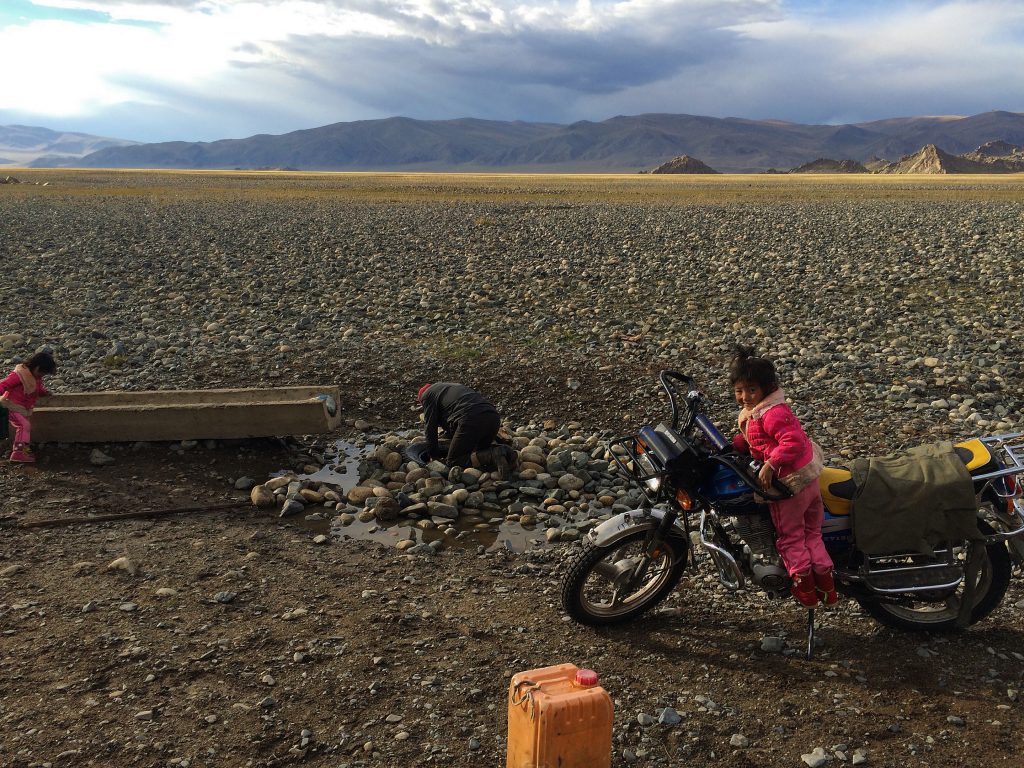
Ulzii says Mongolians “want to be known to the world.” In part, she says, that’s connected to their unusual identity. “We are descendants of nomadic people. Twenty-five percent of our population continues to live in a nomadic way.”
The region is also a key place to examine the effects of climate change. “Mongolia is one of the places where climate change is visible, even tangible. Our lecturers who talk about management and ecological issues quote that overall, the increase of temperature in Mongolia is three times more than the world average.”
With the addition of the Siberia excursion, SIT Mongolia offers a remarkable breadth of experience in one of the world’s most remote, but most interesting regions.
